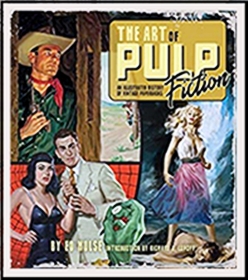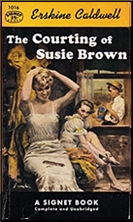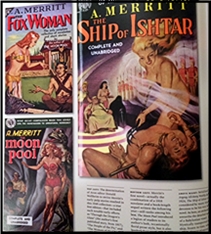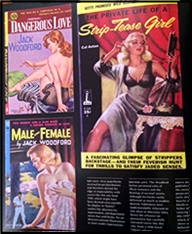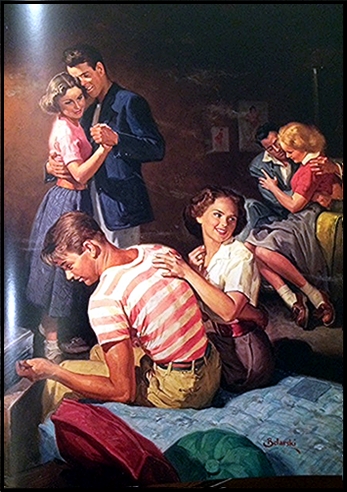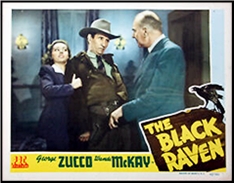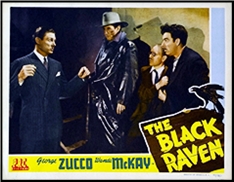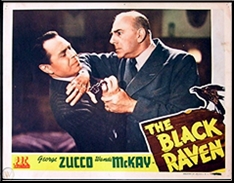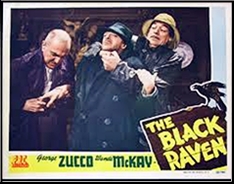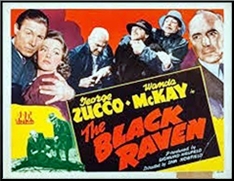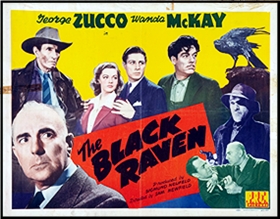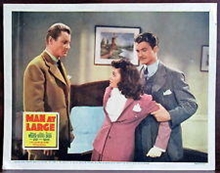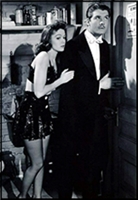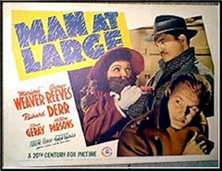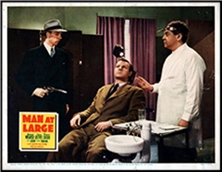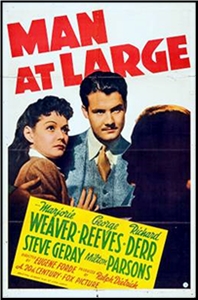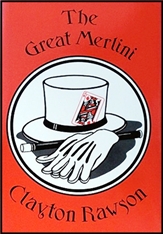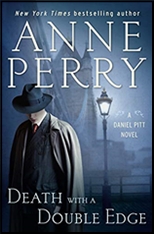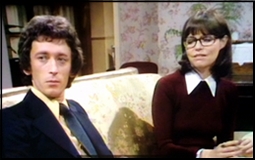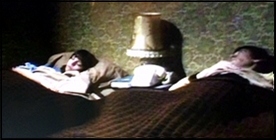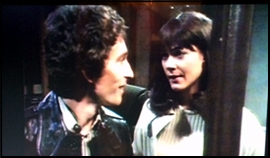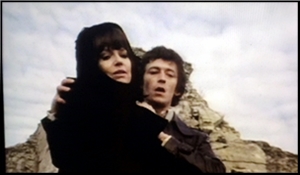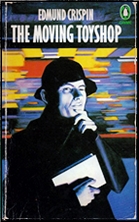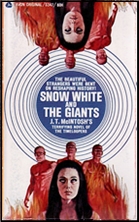Thu 28 Oct 2021
Reviewed by Mike Tooney: OLD-TIME DETECTION, Summer 2021.
Posted by Steve under Magazines , Reviews[2] Comments
(Give Me That) OLD-TIME DETECTION. Summer 2021. Issue #57. Editor: Arthur Vidro. Old-Time Detection Special Interest Group of American Mensa, Ltd. 36 pages (including covers). Cover image: Dust jacket of The Bellamy Trial (1927).
With this issue of Old-Time Detection we get some fine essays on detective fiction’s Golden Age, as well as book reviews, and a piece of fiction that subverts your expectations long before that became a thing.
Martin Edwards kicks things off with his assessment of why there’s been a renewed interest in old-time mysteries with his essay, “The Golden Age Detective Fiction Renaissance”; you’ll either be confirmed in your opinions or surprised at his conclusions.
Michael Dirda adds his voice to Edwards’s in a piece which explains his reasoning as to why our favorite field of literature is, despite dire predictions of its demise to the contrary, still quite popular with the reading public; the title tells all: “Mysteries Provide Escapism.” To support his thesis, Dirda takes us for an interesting side trip into Japanese honkaku fiction.
Charles Shibuk’s “Paperback Revolution” installment covers soft cover reprints from the early ’70s of not only such detective fiction stalwarts as Chandler, Christie, Gruber, Kendrick, MacDonald, Marsh, EQ, and Sayers, but also less prolific practitioner Ed Lacy, as well as thriller writer and Hollywood fave Walter Wager, who, in contrast, seemed at the time to be a ubiquitous fixture on spinner racks throughout the nation.
Then comes Jack Ritchie’s ingenious story, “The Absence of Emily” (1981), which shows us how to commit murder for fun and profit — but especially profit.
Next is Jon L. Breen’s account (“The Mystery of Craig Rice”) of the sad life and times of screwball mystery writer Craig Rice, who was already on a one-way decline due to drug abuse almost at the same moment her popularity was peaking.
A companion piece to Breen’s is Arthur Vidro’s “Stu Palmer’s and Craig Rice’s Withers/Malone Team-Ups,” nicely detailing the six stories that appeared in EQMM (1950, 1951, 1954, 1955, 1959, and 1963). Vidro shows how from correspondence between Palmer and Fred Dannay you can only conclude that Palmer did most of the heavy lifting, turning out stories with only minimal input at best from Rice.
Edward D. Hoch next explains why, if you ever win an MWA award, it’s good advice to “Never Wash an Edgar.”
Book reviews abound: Charles Shibuk on Raymond Goldman’s The Murder of Harvey Blake (1931), Douglas G. Greene about John Dickson Carr’s The Problem of the Wire Cage (1939), Harv Tudorri on Erle Stanley Gardner’s The D.A. Calls It Murder (1937), Ruth Ordivar about Agatha Christie’s N or M? (1941), Kathleen Riley on Ngaio Marsh’s Final Curtain (1947), and Arthur Vidro about one of the Haycraft-Queen Cornerstones, Frances Noyes Hart’s The Bellamy Trial (1927), a largely forgotten classic.
Finally come readers’ reactions and a mystery puzzle that truly is a challenge to the reader.
You can find a review of the previous issue of OTD here.
If you’d like to subscribe to Old-Time Detection:
Published three times a year: spring, summer, and autumn. – Sample copy: $6.00 in U.S.; $10.00 anywhere else. – One-year U.S.: $18.00 ($15.00 for Mensans). – One-year overseas: $40.00 (or 25 pounds sterling or 30 euros). – Payment: Checks payable to Arthur Vidro, or cash from any nation, or U.S. postage stamps or PayPal. – Mailing address: Arthur Vidro, editor, Old-Time Detection, 2 Ellery Street, Claremont, New Hampshire 03743.
Web address: vidro@myfairpoint.net
